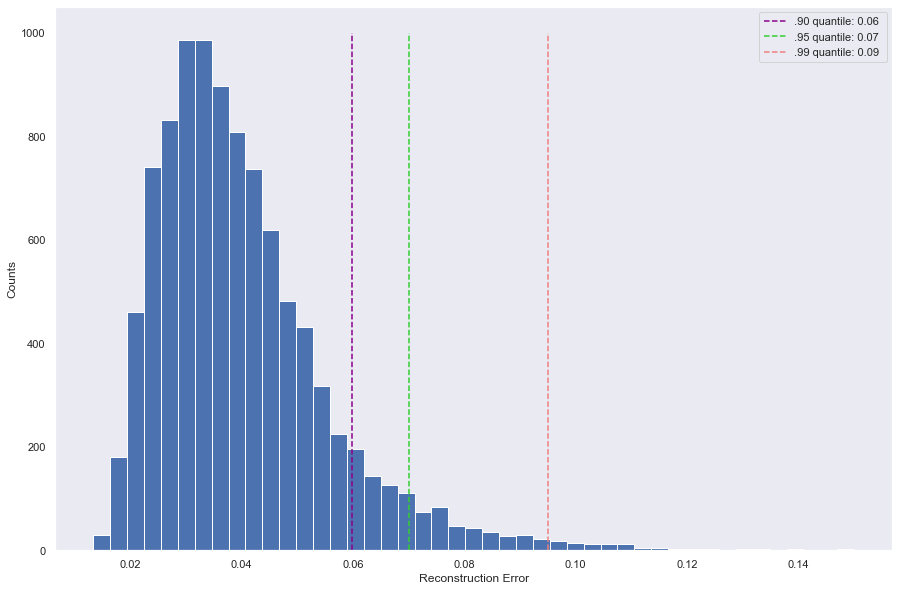Principal Component Analysis
The main part is to investigate how principal component analysis (PCA) can serve as a galaxy morphology model. The so called "Eigengalaxies" calculated from PCA are galaxy images which act as the basis vectors of the image space such that each galaxy in the dataset can be described as a linear combination of all eigengalaxies.

These are the calculated eigengalaxies.

